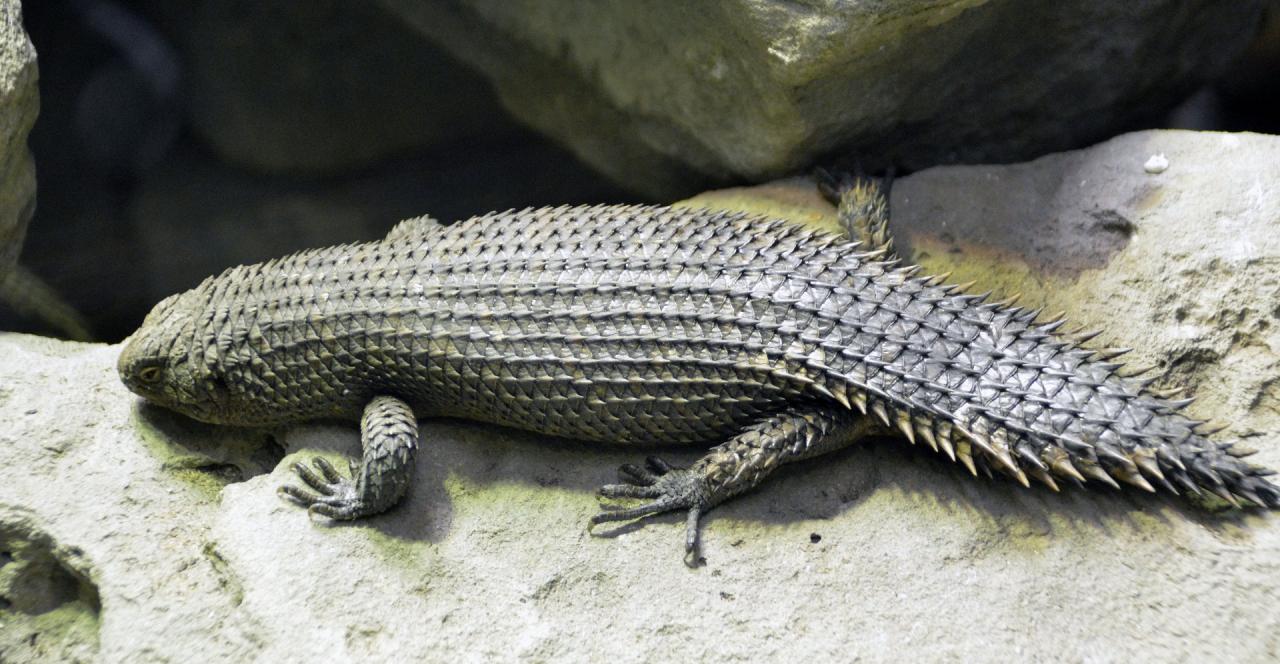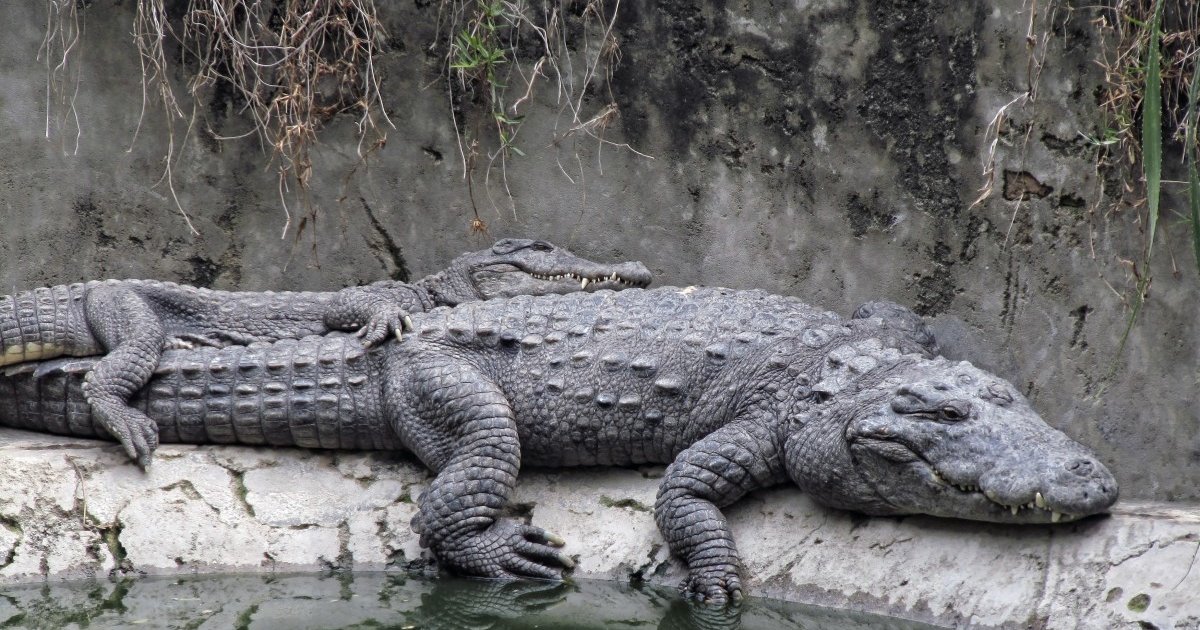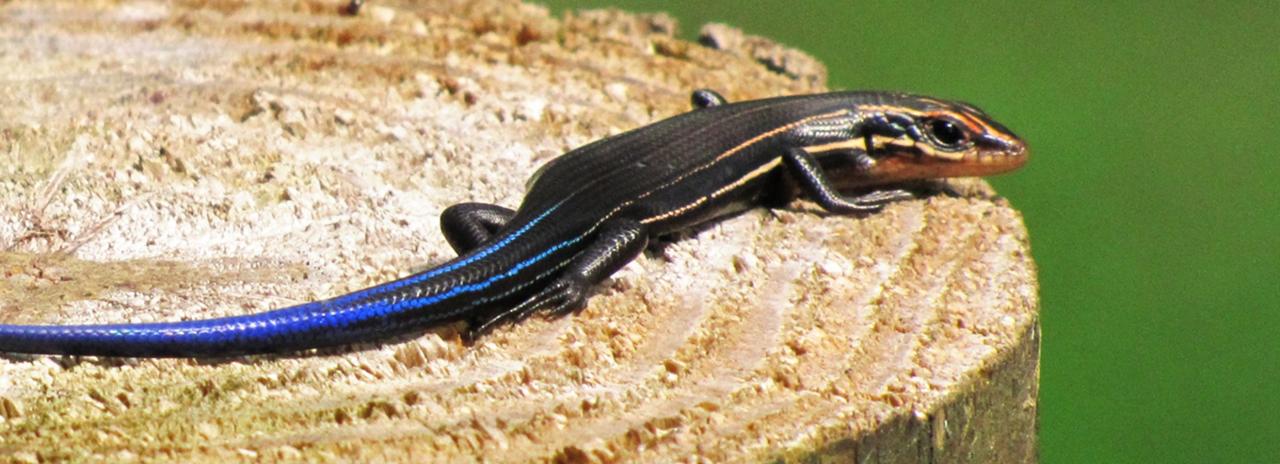Prepare to embark on an intriguing journey into the realm of long-tailed lizards as we delve into their captivating world. Long tailed lizard crossword clue stands as a beacon, inviting us to unravel the mysteries surrounding these remarkable reptiles.
Long-tailed lizards captivate with their diverse physical characteristics, inhabiting a wide range of habitats and showcasing remarkable adaptations. Their hunting prowess, defensive mechanisms, and social behaviors paint a vivid tapestry of survival and interaction within their ecosystems.
Long-Tailed Lizards

Long-tailed lizards, belonging to the genus Leiocephalus, are a group of small to medium-sized reptiles found in the Caribbean and parts of Central and South America.
These lizards exhibit a wide range of physical characteristics, with some species displaying vibrant colors and patterns, while others are more subdued in appearance. They typically have long, slender tails that can be up to twice the length of their bodies.
Their tails are often used for balance and locomotion, as well as for defense against predators.
Habitat and Geographical Distribution
Long-tailed lizards are found in a variety of habitats, including forests, grasslands, and rocky areas. They are also commonly found in urban environments, where they can often be seen basking on rocks or walls.
These lizards are native to the Caribbean islands, including Puerto Rico, Hispaniola, and Cuba. They have also been introduced to other parts of the world, such as Florida and Hawaii.
Diversity of Species
There are over 50 species of long-tailed lizards, each with its own unique characteristics and habitat preferences. Some of the most common species include:
- Northern curly-tailed lizard (Leiocephalus carinatus): This species is found in the Bahamas and Cuba and is known for its distinctive curly tail.
- Southern curly-tailed lizard (Leiocephalus schreibersii): This species is found in Hispaniola and is similar in appearance to the northern curly-tailed lizard, but with a slightly different tail shape.
- Hispaniolan curly-tailed lizard (Leiocephalus personatus): This species is found in Hispaniola and is known for its bright green coloration.
- Puerto Rican curly-tailed lizard (Leiocephalus puertorricensis): This species is found in Puerto Rico and is known for its long, slender tail.
Behavior and Adaptations

Long-tailed lizards exhibit a range of fascinating behaviors and adaptations that enhance their survival and reproductive success.
Hunting and Feeding Habits
These lizards are opportunistic predators that primarily feed on insects, spiders, and other small invertebrates. They actively hunt by searching for prey on the ground or among vegetation. Their sharp eyesight and keen sense of smell aid in detecting potential prey.
Once they locate their target, they swiftly pursue and capture it using their agile bodies and sticky tongues.
Defensive Mechanisms and Anti-Predator Adaptations
Long-tailed lizards possess several defensive mechanisms to evade predators. Their long, slender tails can be autotomized, or shed, as a distraction when threatened. The bright coloration of their tails further enhances their visibility and startles predators. Additionally, these lizards can flatten their bodies against the ground or climb vegetation to avoid detection.
Social Behavior and Communication Patterns
Long-tailed lizards are generally solitary creatures, except during the breeding season. They communicate through a variety of vocalizations, including chirps, whistles, and hisses. These vocalizations serve various purposes, such as attracting mates, establishing territories, and warning off potential threats.
Reproduction and Life Cycle

Long-tailed lizards exhibit a complex reproductive cycle, with distinct courtship and mating behaviors. Their development and growth patterns are also unique and play a crucial role in their survival.
Courtship and Mating, Long tailed lizard crossword clue
During the breeding season, male long-tailed lizards engage in elaborate courtship displays to attract females. These displays may involve head-bobbing, tail-waving, and push-ups. The female selects a mate based on his size, coloration, and display intensity. Mating typically occurs in the spring or summer months, and the female lays a clutch of eggs in a sheltered location.
Development and Growth
The eggs incubate for several weeks, and the hatchlings emerge as fully developed miniature lizards. They are initially independent and fend for themselves. As they grow, they shed their skin regularly to accommodate their increasing size. Young lizards reach sexual maturity in about two years and begin their own reproductive cycle.
Ecological Importance: Long Tailed Lizard Crossword Clue

Long-tailed lizards play a vital role in maintaining the balance of their ecosystems. As insectivores, they help regulate insect populations, preventing outbreaks that could damage vegetation and disrupt food chains. Their predation also influences the behavior and distribution of insects, shaping the overall biodiversity of their habitats.
Indicators of Environmental Health
Long-tailed lizards are sensitive to changes in their environment, making them valuable indicators of environmental health. Their presence and abundance can reflect the overall quality of their habitat, including air and water pollution levels, habitat degradation, and climate change. By monitoring long-tailed lizard populations, scientists can gain insights into the health of their ecosystems and take appropriate conservation measures.
Cultural Significance
Long-tailed lizards hold cultural significance in various regions, playing roles in mythology, folklore, and art. They feature in traditional medicine and cultural practices, contributing to their rich cultural heritage.
Mythology and Folklore
In ancient Egyptian mythology, the long-tailed lizard represented the god Horus, symbolizing protection and vigilance. In Greek mythology, lizards were associated with the god Hermes, known for his cunning and agility.
Art
Long-tailed lizards have been depicted in art throughout history. In Japanese art, they symbolize longevity and good luck, often appearing in paintings and ceramics. In Aboriginal Australian art, they represent connection to the land and ancestral spirits.
Traditional Medicine
In traditional medicine, long-tailed lizards are used to treat various ailments. In some cultures, their tails are believed to possess healing properties, while their skin is used to make remedies for skin conditions.
Cultural Practices
In certain cultures, long-tailed lizards are associated with specific rituals and ceremonies. For example, in some Native American tribes, they are considered sacred animals and are used in traditional dances and healing rituals.
Helpful Answers
What is the distinctive feature of long-tailed lizards?
As their name suggests, long-tailed lizards possess exceptionally long tails, which often exceed the length of their bodies.
How do long-tailed lizards defend themselves against predators?
These lizards employ a range of defensive mechanisms, including camouflage, tail dropping, and aggressive displays.
What is the cultural significance of long-tailed lizards?
In various cultures, long-tailed lizards hold symbolic meanings, appearing in folklore, art, and traditional medicinal practices.